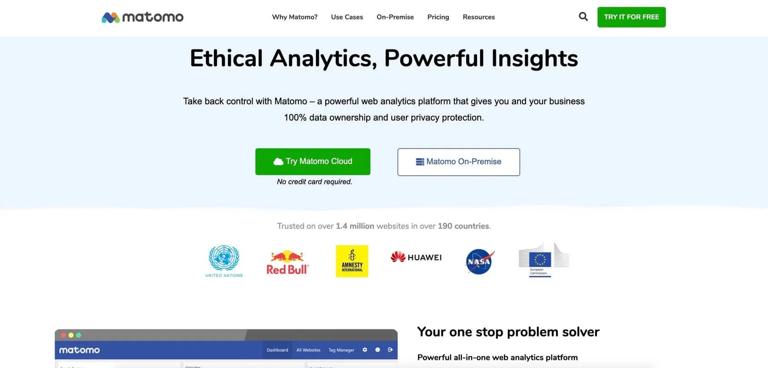
What is Take Profit in a Prop Trading Firm?
Ever wondered how successful traders lock in gains in the fast-paced world of proprietary trading? If you’re diving into the complex arena of prop trading, understanding key concepts like “take profit” is essential. Think of it as setting your mental and financial destination—knowing when to celebrate your wins instead of risking it all on a gamble.
In the world of prop trading, knowing when to walk away with profit isn’t just about luck; it’s a strategic move that can define your success or failure. So, what exactly is “take profit,” and how does it fit into the broader picture of prop trading? Let’s unpack that.
What is Take Profit?
Imagine you’re eyeing a stock, forex pair, or even cryptocurrency. You buy in, and once the asset hits a certain favorable price, you want to secure your gains. That’s where “take profit” (TP) comes into play. It’s a pre-set order—a target level where you automatically sell (or close your position) to lock in the profit. No second-guessing, no panic-selling, just a clean move at the right moment.
In simple terms, take profit is your safety net, a way to avoid greed and emotional trading. If you think of trading like a game of chess, it’s like saying, “I’ll make this move, and if my pawn reaches this square, I’ll stop and count my wins.”
How Does Take Profit Work in Prop Trading?
In prop trading firms, traders have access to large pools of capital, and their goal is to generate consistent profits. Here, take profit levels are usually set based on technical analysis, market conditions, and risk management parameters. These firms often encourage traders to define clear exit points to avoid losing gains later on.
Imagine setting a TP at 5% for a forex trade. When the currency pair hits that mark, your order is executed automatically. This strategy helps traders stay disciplined, prevent emotional exits, and maximize net gains.
Features and Benefits of Take Profit
-
Automation & Discipline Most modern prop trading platforms enable preset take profit orders, ensuring trades don’t become impulsive. This creates a disciplined approach, reducing emotional swings.
-
Risk-Reward Management By pairing take profit with stop-loss orders, traders can define a clear risk-to-reward ratio, crucial for long-term profit sustainability. For instance, a 1:2 ratio means risking 1% to gain 2%, safeguarding capital while optimizing gains.
-
Consistency in Profits Having a defined exit point means traders can generate steady income streams—even in volatile markets like crypto or commodities—by sticking to their plan.
The Advantages of Proper Take Profit Strategies
When it’s done right, setting take profit levels can be game-changing. For example, traders who stick to their TP targets often report less stress and more consistent performance over time. It keeps the ego in check, and helps avoid the “greed trap”—holding on too long in hopes of a bigger win, only to watch markets reverse.
In the expanding universe of asset classes—forex, stocks, crypto, indices, options—accuracy and discipline in setting TP are more vital than ever. Different assets demand different approaches; a volatile crypto might need tighter TPs, while long-term stocks could have wider targets.
Considerations & Cautions
While take profit orders are powerful tools, they’re not foolproof. Market gaps, slippage, or rapid price moves can sometimes activate orders at worse-than-expected levels. Also, setting TPs too conservatively might limit gains. It’s a balancing act—know your assets, understand market dynamics, and adjust your targets accordingly.
The Future of Prop Trading & Take Profit Strategies
As decentralized finance (DeFi) matures, traditional models of trading are evolving rapidly. Automated trading bots, smart contracts, and AI-driven algorithms are revolutionizing how take profit levels are set and executed. These systems analyze datasets in real-time, rebalance strategies, and adapt to market shifts on the fly.
The rise of decentralized exchanges (DEXs) and blockchain-based trading platforms brings new challenges—such as execution delays and liquidity issues—but also offers transparency and automation potential. For prop traders, integrating AI and smart contracts might mean TPs are dynamically adjusted based on volatility, news sentiment, or macroeconomic shifts.
Looking ahead, smarter, self-learning systems will refine how we define “take profit.” For example, AI could learn your risk appetite and trading style, setting personalized targets that optimize gains while managing downside risk. It’s like having a personal trading coach working 24/7.
The Road Ahead: Opportunities & Challenges
The development of AI and smart contracts will likely make TP strategies more adaptive, but they’ll also require traders to understand new tech. Meanwhile, the industry’s ongoing move toward decentralization promises increased accessibility but demands higher technical literacy.
In this dynamic landscape, prop trading firms that embrace technological innovation—such as AI-enhanced algorithms for take profit—are probably the ones staying at the forefront. While traditional strategies work, blending them with tech-driven insights is the new standard.
Final Words: Unlock Your Trading Potential
Understanding what take profit is and how to leverage it effectively can be the difference between consistent gains and reckless risk-taking. Whether you’re trading forex, stocks, crypto, or commodities, a smart take profit plan keeps you in the driver’s seat.
As the financial landscape increasingly shifts toward decentralization, AI, and automated systems, those who adapt and innovate will thrive. Think of take profit as your trusted compass—guiding you to meet your trading goals confidently.
Ready to master the art of setting and achieving profit goals? In the evolving world of prop trading, strategic TPs aren’t just a tool—they’re your edge.